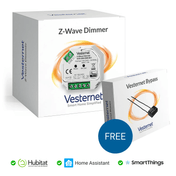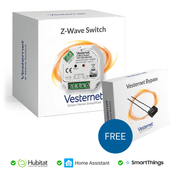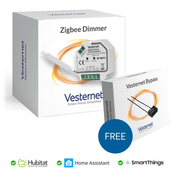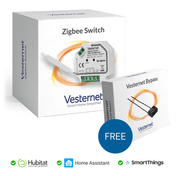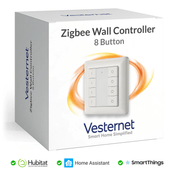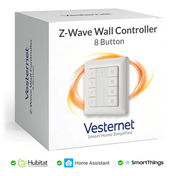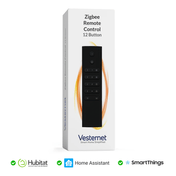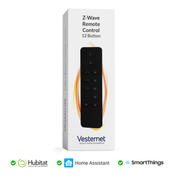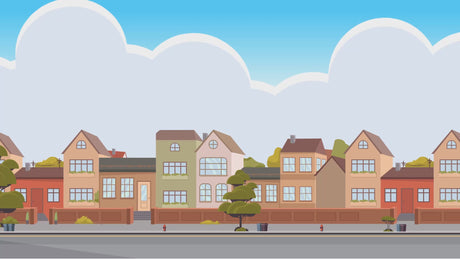Commercial energy costs continue to rise, with businesses facing increasing pressure to monitor and optimise their power consumption. Without proper tracking systems, companies often discover 'vampire power' devices and inefficient equipment that silently drain resources, leading to inflated electricity bills and missed sustainability targets. Traditional energy management approaches leave businesses reactive rather than proactive, missing opportunities for significant cost savings.
Professional energy monitoring solutions provide real-time power tracking, automated reporting, and intelligent consumption analysis that enable businesses to identify energy waste, optimise operations, and achieve measurable cost reductions. These systems deliver comprehensive data analytics that transform reactive energy management into proactive optimisation strategies, helping businesses understand exactly where and when energy is being consumed across their facilities.
This guide examines seven critical considerations for selecting commercial energy tracking solutions, covering technical specifications, integration capabilities, safety features, and implementation factors that ensure maximum return on investment and operational efficiency. Each consideration addresses the unique challenges faced by commercial environments where reliable monitoring and robust performance are essential.
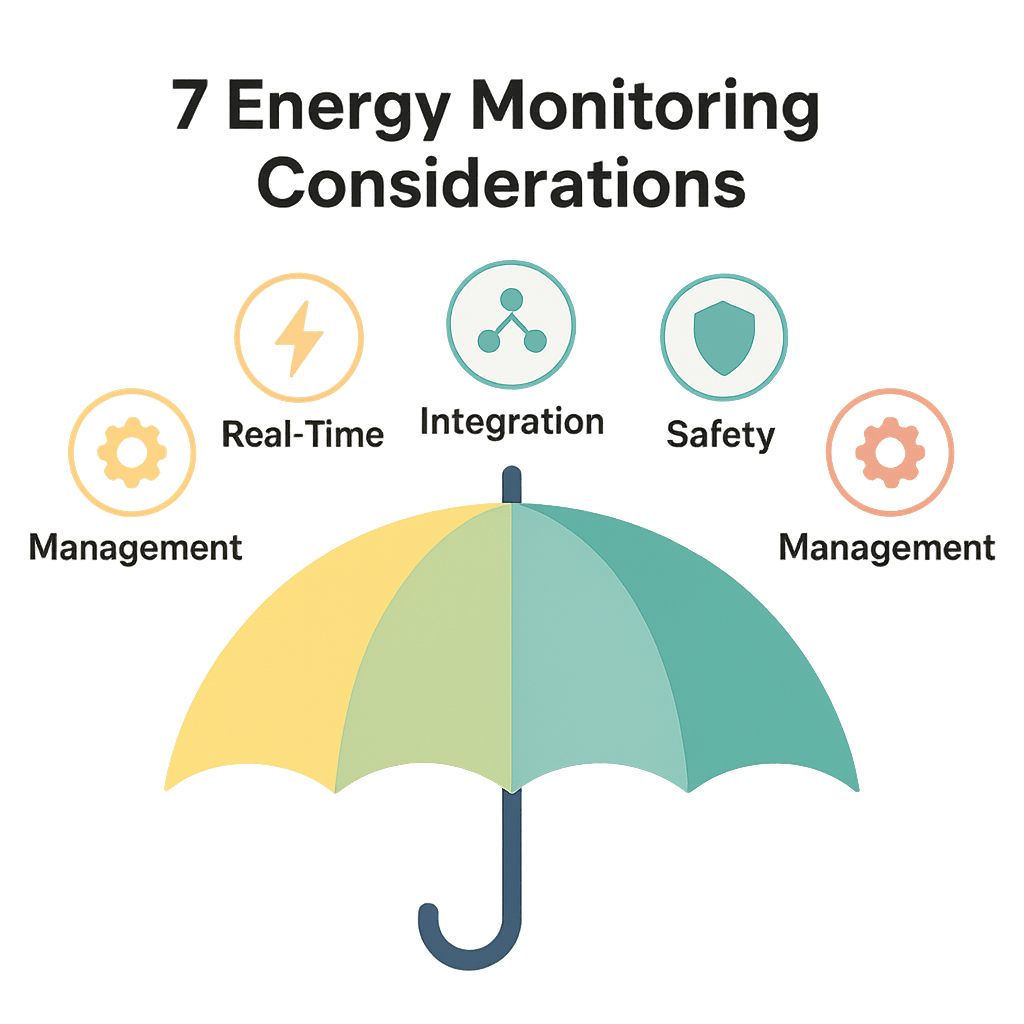
1. Real-Time Power Monitoring and Load Analysis Capabilities
Advanced metering features form the foundation of any effective commercial energy monitoring system, providing instant visibility into power consumption patterns that would otherwise remain hidden. Real-time monitoring capabilities enable facility managers to identify energy spikes, track equipment efficiency, and respond immediately to abnormal consumption patterns that could indicate equipment malfunctions or energy waste.
Essential monitoring features include:
- Instantaneous power draw measurements in watts and kilowatts
- Visual load indicators showing current consumption levels
- Historical consumption tracking for trend analysis
- Equipment efficiency scoring based on usage patterns
Professional electrical power monitoring systems should provide granular data that helps identify which devices consume the most energy during different operational periods. This level of detail enables businesses to make informed decisions about equipment upgrades, operational scheduling, and energy-saving initiatives that deliver measurable results.
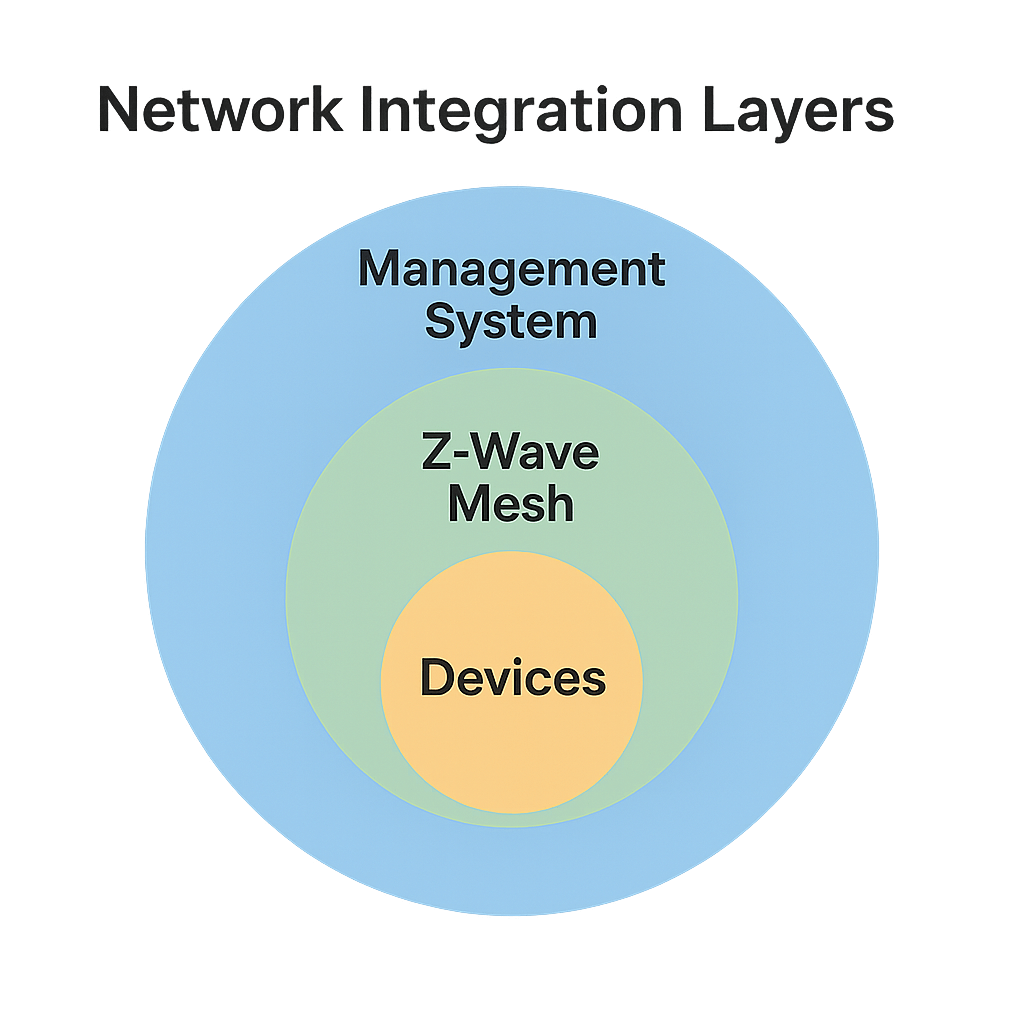
2. Protocol Compatibility and Network Integration Standards
Network reliability becomes critical in commercial environments where consistent monitoring across large facilities is essential for accurate energy tracking. Z-Wave Plus certification ensures robust wireless communication with extended range capabilities, whilst mesh networking creates redundant communication paths that maintain connectivity even when individual devices experience interference.
Integration with existing building management systems requires careful consideration of protocol compatibility and communication standards. Modern commercial energy monitoring systems must seamlessly connect with facility management platforms, providing unified control and reporting across all building systems.
Key integration requirements:
- Z-Wave Plus certification for extended wireless range
- Mesh networking capabilities for reliable facility coverage
- Building management system compatibility
- Cloud-based reporting integration options
3. Load Handling Capacity and Safety Protection Features
Commercial applications demand robust power handling capabilities that can safely manage substantial electrical loads whilst providing comprehensive safety protection. Professional-grade monitoring devices must handle high-amperage equipment without compromising measurement accuracy or introducing safety risks to commercial operations.
Critical safety considerations:
- Over-current protection mechanisms for equipment safety
- Temperature monitoring with automatic shutdown capabilities
- Surge protection for sensitive electronic equipment
- Load capacity ratings suitable for commercial applications
Temperature monitoring capabilities become particularly important in commercial environments where equipment operates continuously under varying load conditions. Advanced monitoring systems provide early warning alerts that prevent equipment damage whilst maintaining detailed safety logs for compliance and insurance purposes.
4. Data Analytics and Historical Reporting Functionality
Comprehensive energy reporting tools transform raw consumption data into actionable business intelligence that drives informed decision-making. Historical tracking capabilities enable businesses to identify consumption patterns over time, benchmark performance against previous periods, and validate the effectiveness of energy-saving initiatives through measurable data analysis.
Advanced analytics platforms can identify top energy consumers across facilities, providing detailed breakdowns that highlight opportunities for equipment optimisation or replacement. These insights prove invaluable for energy auditing, sustainability reporting, and strategic planning for future energy infrastructure investments.
Essential reporting capabilities:
- Detailed consumption analytics with trend identification
- Equipment verification and energy class assessment
- Cost projection models based on historical usage
- Comparative analysis across multiple monitoring points
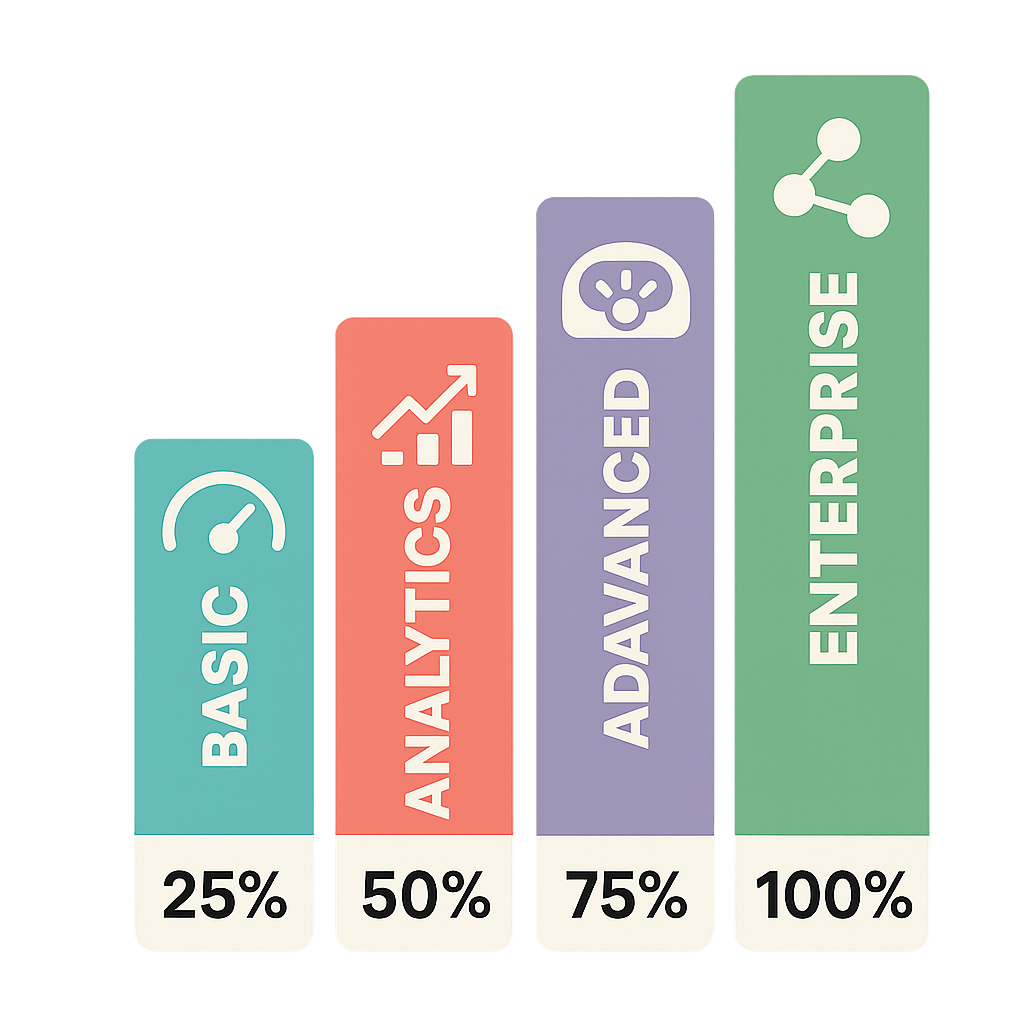
5. Remote Management and Automated Control Systems
Wireless control capabilities enable efficient facility management across multiple locations without requiring on-site personnel for routine monitoring and adjustments. Professional commercial energy monitoring systems should provide comprehensive remote access that allows facility managers to schedule operations, adjust settings, and respond to alerts from centralised management platforms.
Remote management features:
- Wireless firmware updates for system maintenance
- Automated scheduling for equipment operation optimisation
- Real-time alert systems for immediate response requirements
- Mobile application access for on-the-go monitoring
Plug-and-play installation requirements become essential for commercial deployments where minimising installation time and complexity directly impacts operational efficiency. Systems that offer simplified setup procedures whilst maintaining professional-grade functionality provide the best balance of deployment ease and operational capability.
6. Professional Installation and Network Testing Tools
Built-in network range testing capabilities ensure reliable deployment across commercial facilities where wireless coverage can be challenging due to building construction and interference sources. Professional-grade monitoring solutions should include diagnostic tools that verify network connectivity and signal strength before finalising installation positions.
Installation requirements must balance ease of deployment with professional reliability standards expected in commercial environments. Systems that provide comprehensive diagnostic feedback during installation help ensure optimal performance from day one whilst reducing the likelihood of connectivity issues that could compromise monitoring accuracy.
Professional deployment tools:
- Network range testing for optimal device placement
- Signal strength indicators for installation verification
- Diagnostic tools for troubleshooting connectivity issues
- Professional installation documentation and support
7. Scalability and Multi-Device Management Platforms
Enterprise management interfaces must accommodate growing monitoring requirements as businesses expand their energy tracking coverage across departments and facilities. Scalable platforms provide centralised control that maintains operational efficiency even when managing hundreds of monitoring points simultaneously.
Scalability considerations:
- Centralized management interfaces for multiple devices
- Visual status indicators for quick system health assessment
- Department-level reporting and access control
- Integration capabilities with enterprise resource planning systems
Visual status indicators become increasingly important as system complexity grows, enabling facility managers to quickly assess system health and identify devices requiring attention. Advanced management platforms should provide hierarchical organisation that matches business operational structures whilst maintaining comprehensive oversight capabilities.
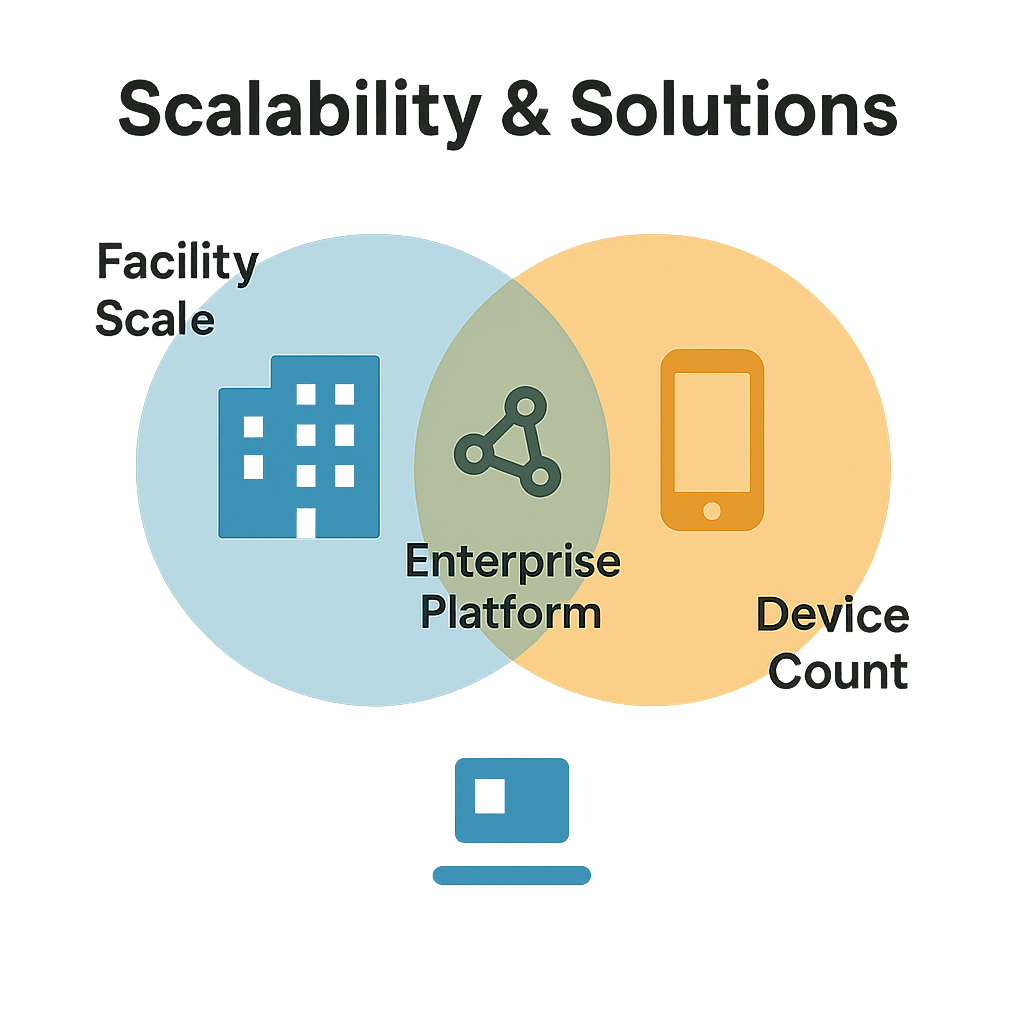
Our Professional Energy Monitoring Recommendations
For commercial energy tracking applications, we recommend several professional-grade solutions based on specific operational requirements and deployment scenarios. Each solution offers distinct advantages for different commercial environments whilst maintaining the reliability and functionality required for business-critical monitoring applications.
Budget-conscious commercial applications benefit from comprehensive monitoring capabilities without compromising essential features. When evaluating emporia energy alternatives, businesses should prioritise solutions that provide real-time monitoring, temperature safety alerts, and network range testing functionality for reliable commercial deployment.
Essential Commercial Monitoring Solutions
The Z-Wave Fibaro Wall Plug - Schuko offers essential power metering capabilities with real-time monitoring, temperature safety alerts, and network range testing functionality. This solution provides comprehensive energy tracking with built-in safety features for standard commercial equipment monitoring, making it suitable for businesses requiring reliable basic monitoring without extensive advanced features.
Advanced Analytics Platforms
Mid-range commercial deployments should consider the Z-Wave Fibaro Wall Plug - UK, which delivers advanced energy analytics with crystal LED load indicators, wireless firmware updates, and child safety features suitable for mixed-use commercial environments. The enhanced monitoring capabilities include top energy consumer identification and detailed consumption reporting that supports strategic energy management decisions.
Enhanced Connectivity Solutions
Premium commercial installations requiring additional connectivity options benefit from the Z-Wave Fibaro Wall Plug With USB - UK, combining comprehensive power monitoring with convenient charging capabilities. This solution offers the same advanced analytics as the standard version while providing additional utility for modern office environments where device charging requirements are common.
High-Capacity Commercial Applications
High-capacity commercial applications requiring robust power handling should evaluate the Z-Wave Plus Aeotec Smart Switch 6 - Schuko, supporting devices up to 13A with advanced surge protection and multi-colour LED energy visualisation. This solution provides superior wireless connectivity range and comprehensive scheduling automation suitable for demanding commercial environments where reliability is paramount.
Conclusion
Implementing professional energy tracking solutions transforms commercial power management from reactive cost management to proactive optimisation strategy. These monitoring systems deliver measurable energy savings, identify equipment inefficiencies, and provide the data analytics necessary for informed decision-making about facility energy usage. The investment in comprehensive monitoring pays dividends through reduced energy costs and improved operational efficiency.
Begin your commercial energy optimisation journey by conducting an energy audit of your facility, identifying high-consumption areas, and selecting monitoring solutions that match your load requirements and integration needs. Start with critical equipment monitoring and gradually expand coverage to achieve comprehensive facility energy visibility that supports both immediate cost savings and long-term strategic planning.
Explore Vesternet's complete range of professional energy monitoring solutions and smart building automation products to find the perfect combination for your commercial application. Our technical specialists are available to provide expert guidance on system design and implementation strategies tailored to your specific operational requirements.










